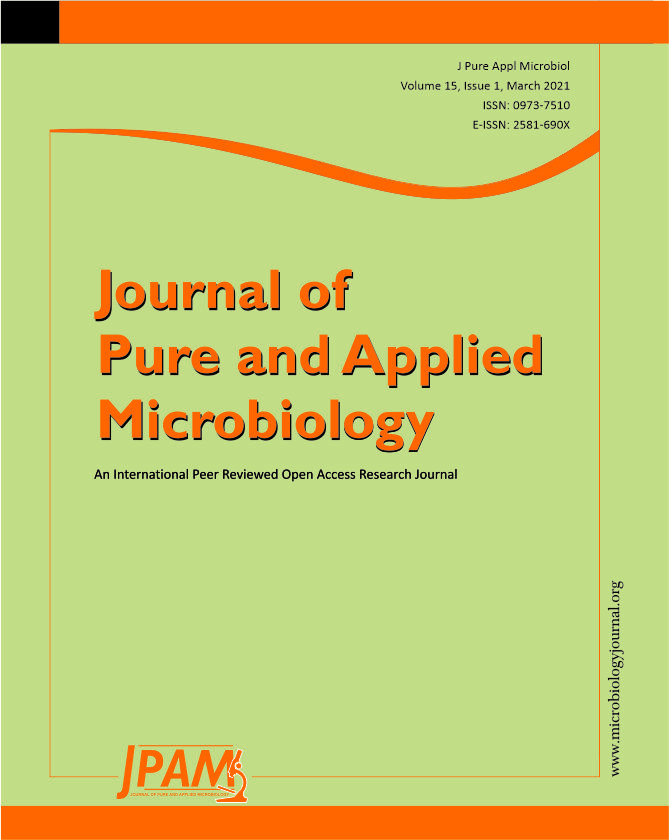Studies have suggested that modulation of gut microbiota is a viable therapeutic possibility for diabetes. This study evaluated the ability of an edible plant, Gongronema (G.) latifolium Benth (Asclepiadaceae), to modulate the gut microbiome and reduce blood glucose of alloxan-induced diabetic rats. Thirty (30) young, male, albino rats were divided into 6 groups of 5 rats each: Group 1 comprised normal rats; Groups 2 to 4, diabetic rats treated with 200, 400 and 800 mg/Kg body weight of hydro-alcoholic leaf extract, respectively; Group 5, diabetic rats treated with 0.2 mg/Kg glibenclamide (an anti-diabetic drug); and Group 6 comprised untreated diabetic rats. Following induction of diabetes with alloxan injections, the treatments were administered twice daily on a 12-hourly basis by orogastric intubation for 21 days. Thereafter, faecal samples were collected from the animals and subjected to metagenomic analysis, to ascertain the composition and relative abundance of the gut microbiota. There were five dominant bacterial phyla in the rat gut: Firmicutes, Bacteroidetes, Actinobacteria, Spirochaetea and Proteobacteria. Induction of diabetes resulted in observable dysbiosis in the rats. However, treatment of the diabetic rats with G. latifolium extract, ameliorated the state of dysbiosis and resulted in significant increase in species like Lactobacillus (L.) johnsonii, L. reuteri and Prevotella corpri, which are associated with improved glucose metabolism. The plant extract produced the best result at the dose of 400 mg/Kg. The results from this study show that G. latifolium may be used as a therapeutic option for restoration of the microbiome in diabetic patients.
Diabetes, Gongronema latifolium, dysbiosis, microbiome, hyperglycaemia, gut flora
© The Author(s) 2021. Open Access. This article is distributed under the terms of the Creative Commons Attribution 4.0 International License which permits unrestricted use, sharing, distribution, and reproduction in any medium, provided you give appropriate credit to the original author(s) and the source, provide a link to the Creative Commons license, and indicate if changes were made.


